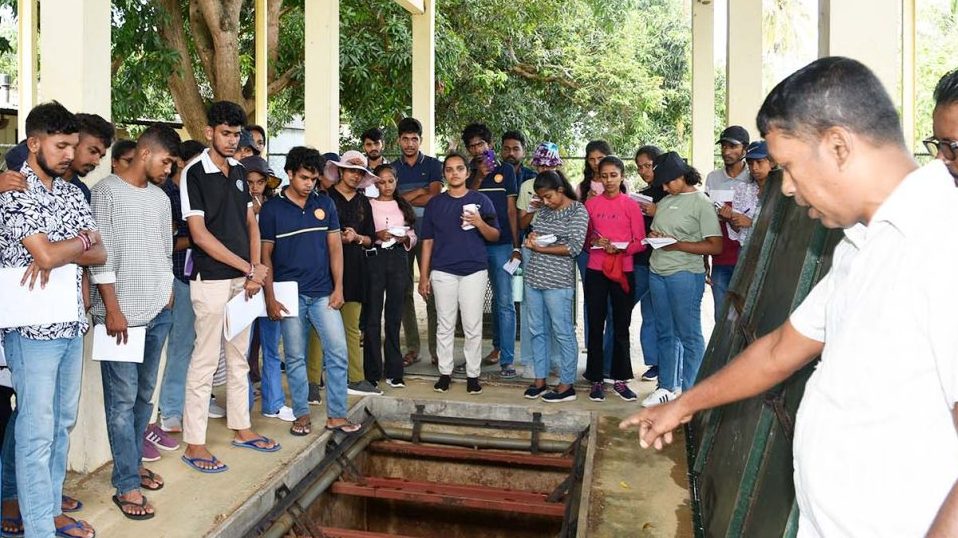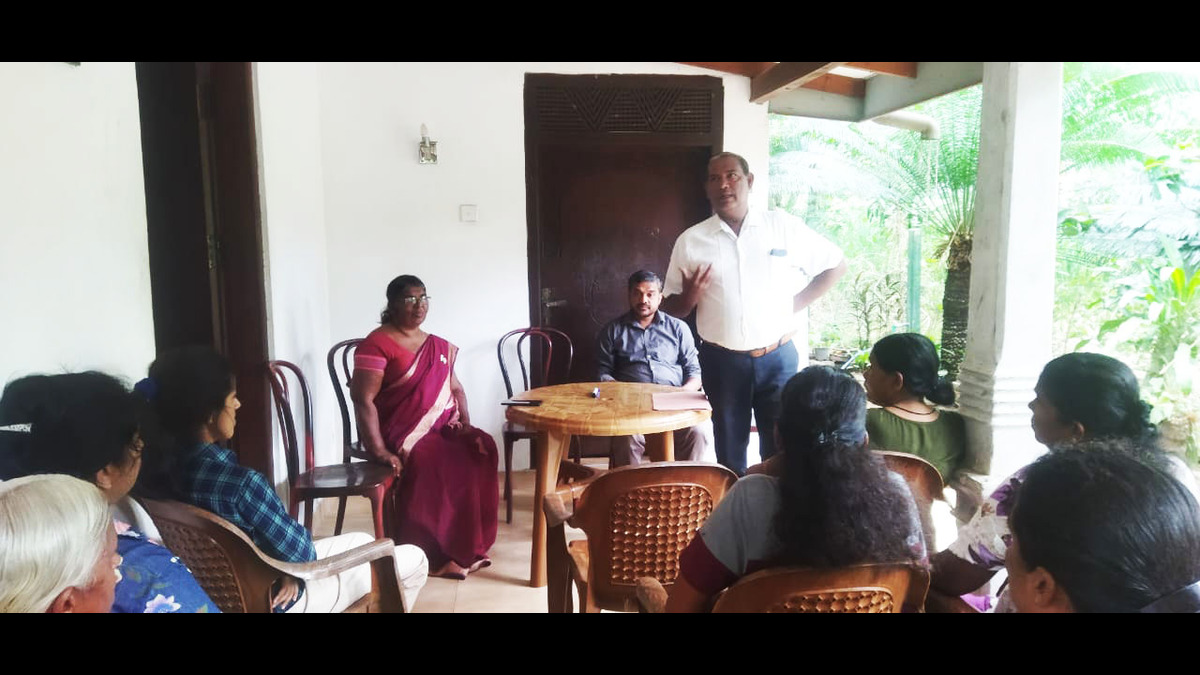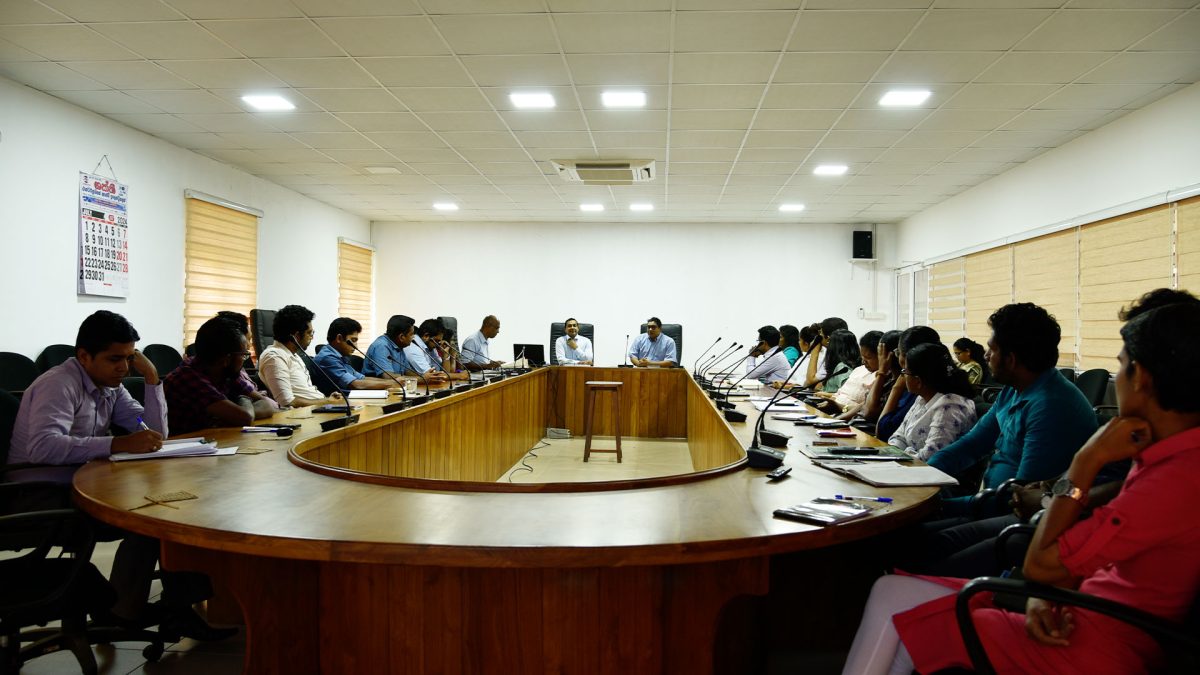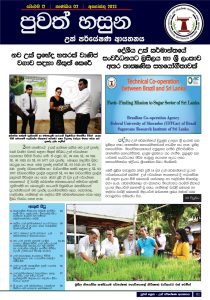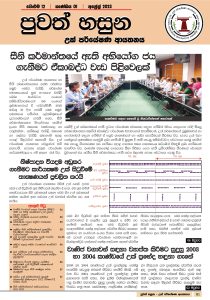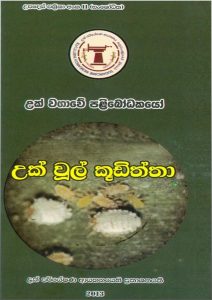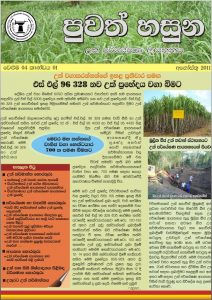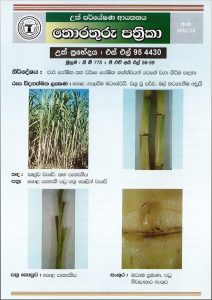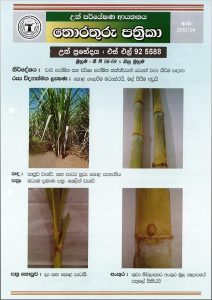Sugarcane Research Institute (SRI)
Premier research institute dedicated to advancing the science and knowledge surrounding sugarcane cultivation and processing in Sri Lanka
News
Read Our Publications

We are a team
The Sugarcane Research Institute is powered by a team of creative scientists and skilled technical staff. Modern tools and facilities support their research. Collaboration is key, as the institute partners with national bodies and private companies. With seven Research Divisions, five Development Offices under the Technology Transferring division, and several supportive divisions, it's a hub of sugarcane research and innovations.

Our Vision
To be the centre of excellence for shaping the future prosperity of all stakeholders of the Sri Lanka sugarcane Industry.

Our Mission
To contribute professionally to developing a productive, competitive, and sustainable sugarcane industry through innovative research, development, and adaptation in alliance with relevant strategic partners for fulfilling the sugar and renewable energy demand in Sri Lanka.
Priority Areas
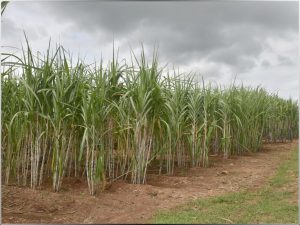
Promotion of better sugarcane varieties

Promotion of improved planting techniques
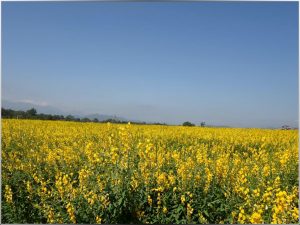
Knowledge improvement on soil fertility management
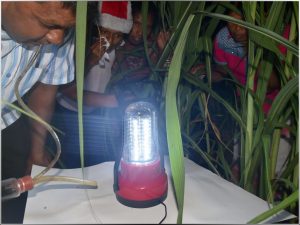
Knowledge improvement on pest and disease management
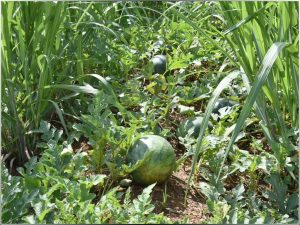
Promotion of inter-cropping of short duration crops with sugarcane
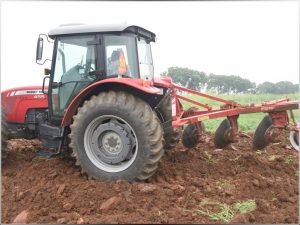
Improvement and adoption of good agronomic practices
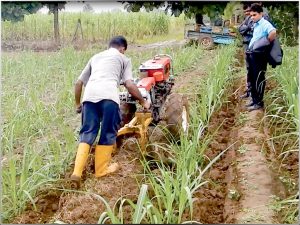
Promotion of small-scale machinery for sugarcane cultivation and cottage-level processing
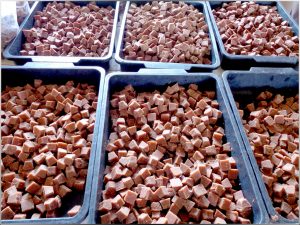
Improvement of jaggery and syrup production as a cottage industry
Research Divisions
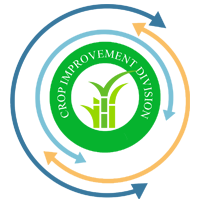
Crop Improvement
Increase productivity and profitability of the sugar industry through incorporation of better sugarcane varieties for commercial cultivation.
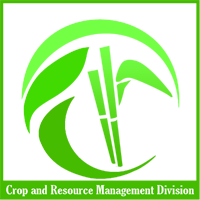
Crop & Resource Management
Increase productivity of sugarcane lands and profitability of sugarcane farming in a sustainable manner through appropriate improved crop, land and water management practices.
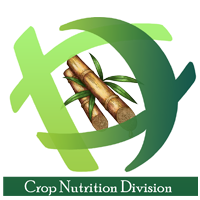
Crop Nutrition
Sustainable increase of productivity and profitability of the sugar industry through improved soil fertility.
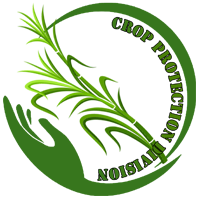
Crop Protection
Increase productivity and profitability of the sugar industry through maintaining pest and disease-free plantations.

Processing Technology
Increase productivity and profitability of the sugar industry through improving efficiency of sugarcane and its co-products processing and diversifying the industry with value-added products while minimizing adverse effects on the environment.

Mechanization Technology
Integration of smart farming system technology and energy optimization strategies to reduce the cost of sugar production by 25% within the next 10 years.

Economics / Biometry & IT
Sustainable increase of productivity and profitability of the sugar industry by improving its economic aspects, and efficiency of sugarcane research.
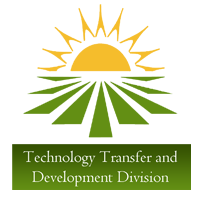
Technology Transfer
Ensure effective transfer of technologies.


